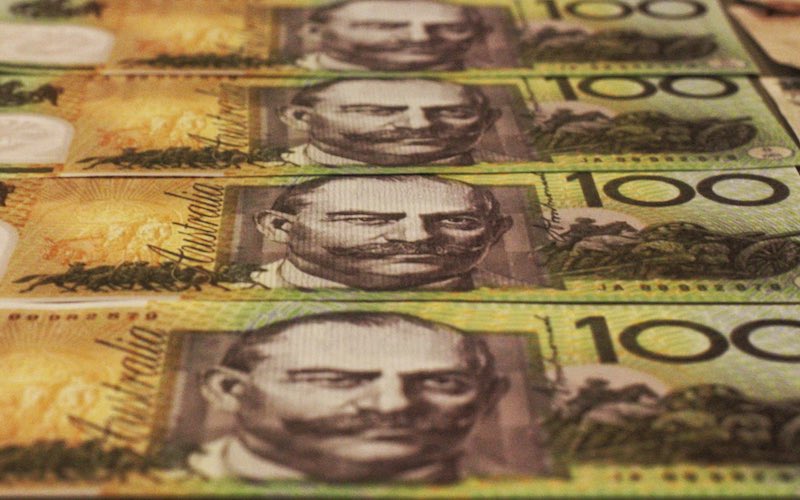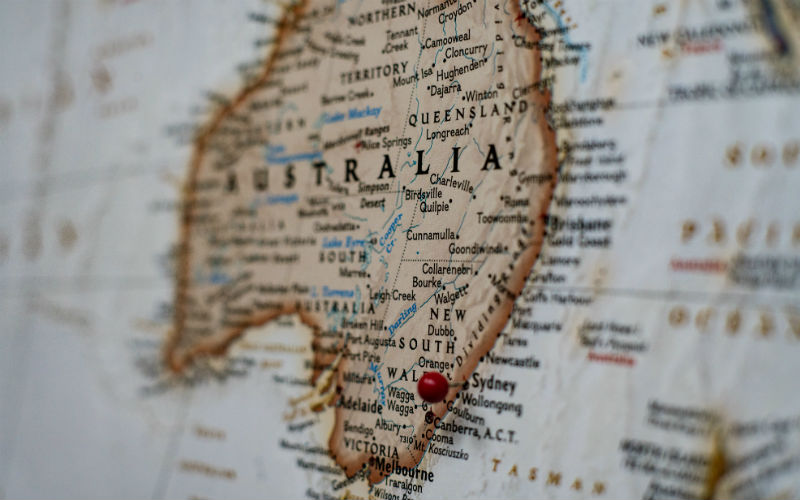The much-anticipated quarterly consumer price index (CPI) shows inflation in Australia appears to be on a downward trajectory, lifting just 0.6% over the three months ended 31 December.
Over 2023, consumer prices rose 4.1%.
Trimmed mean inflation, which excludes volatile items, also slipped quarter-on-quarter, falling from an annualised 5.2% in the September quarter to 4.2%.
The Reserve Bank's target is for underlying inflation to fall within the 2-3% band by end-2025.
“This was the smallest quarterly rise since the March 2021 quarter,” Australian Bureau of Statistics (ABS) head of labour statistics Michelle Marquardt said of today's release.
"While prices continued to rise for most goods and services, annual CPI inflation has fallen from a peak of 7.8% in December 2022.”
Driving inflation higher last quarter were rising costs of housing (up 1%), alcohol and tobacco (up 2.8%), insurance and financial services (up 1.7%), and food and non-alcoholic beverages (up 0.5%).
On an annual basis, housing (up 6%), food and non-alcoholic beverages (up 4.5%), and alcohol and tobacco (up 6.6%) contributed the most to inflation.
The latest CPI figures come on the coattails of news that retail trade slumped 2.7% month-on-month in December.
The changing spending habits of Australians were said to be a reflection of cost-of-living pressures, as well as changing Christmas shopping habits as more consumers stocked up in November’s Black Friday sales events.
What today’s inflation read means for the RBA’s February meeting
Today’s read came in notably below the Reserve Bank of Australia’s (RBA) expectations.
The nation’s central bank forecast CPI would lift 4.5% on an annual basis in the December quarter.
The downside surprise could have big repercussions for the nation’s cash rate, which is a major influence on the interest rates lenders charge to borrowers.
Earlier this week, Westpac forecasted that today’s inflation figures would be “pivotal”.
A quarter-on-quarter lift of 0.7% or less “would be seen as placing Australia more in line with global trends and hence remove the residual chance of a further RBA hike,” Westpac strategists said.
Conversely, a quarterly lift of 1% or more “would increase the risks of a further hike, similar to the November move following the upside surprise in the September quarter.”
Big banks overshoot inflation predictions
Australia’s big four banks turned out to be underconfident in their inflation predictions prior to today’s release from the ABS.
NAB and CommBank each shot lowest, tipping headline inflation to rise 4.2% on an annual basis.
Westpac and ANZ, on the other hand, were slightly less optimistic, forecasting CPI to come in at 4.3%.
NAB head of markets economics Tapas Strickland said a read of 4.2% - 10 basis points above the actual read - would keep the RBA from hiking at its February meeting.
However, the big bank expert isn’t confident that inflation will continue to moderate over the coming months.
“[March quarter 2024] CPI is likely to print higher given the subsidy impact unwinds, along with some implicit indexation in services,” he said.
NAB recently backed down from its previous forecasts of a February rate hike, which was expected to see the cash rate peak at 4.6%.
It’s now in line with its big four peers in predicting 4.35% to be the peak of the cash rate and cuts to begin in late 2024.
Image by David Clode on Unsplash.



 Harrison Astbury
Harrison Astbury
 Harry O'Sullivan
Harry O'Sullivan


 Brooke Cooper
Brooke Cooper

